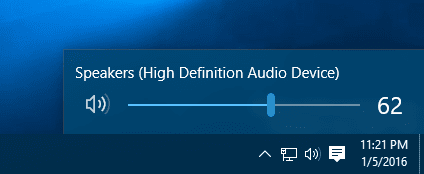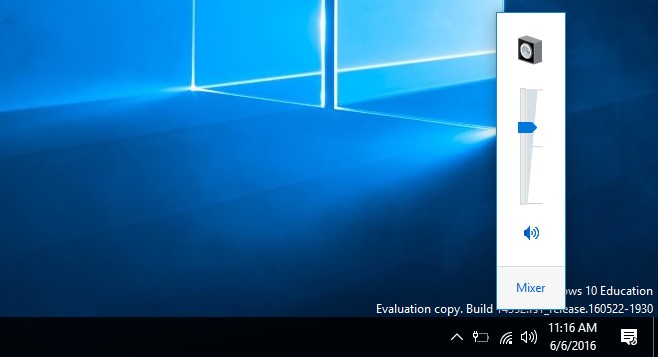


I recommend that you remove all tiles from the Start screen. Learn More Remove Live Tiles from the Start Screen In this ebook, you’ll learn why Red Canary’s platform and expertise bring you the highest possible value from your Microsoft Defender for Endpoint investment, deployment, or migration. Let’s start by performing some basic tweaks to minimize CPU activity and disk I/O. When you log on for the first time, run Windows Update from the control panel and make sure that all the latest patches get installed, as we’ll need to disable Windows Update later.

Install any drivers required for your hardware and chipset. It’s best to start with a completely fresh install of Windows, and during the setup process, create a new local user that isn’t associated with a Microsoft account. Most of the information in this article also applies to Windows 7 and is relevant for those who want to build a PC dedicated to music playback. This is not an exhaustive guide of tweaks and configuration settings – there’s certainly much more you could potentially achieve – but this post will provide you with a solid grounding on which to experiment further. In the second part of this series, I’ll show you how to configure a new install of Windows 8.1 to ensure that sound quality isn’t significantly degraded by unwanted disk and CPU activity, and how to setup and configure JRIVER Media Center for optimal playback. In the first part of this series, “ Understanding Digital Audio,” I introduced you to some computer-based digital audio concepts, and to the idea that sound quality can be severely impacted by jitter, vibration, RFI and EMI.


 0 kommentar(er)
0 kommentar(er)
